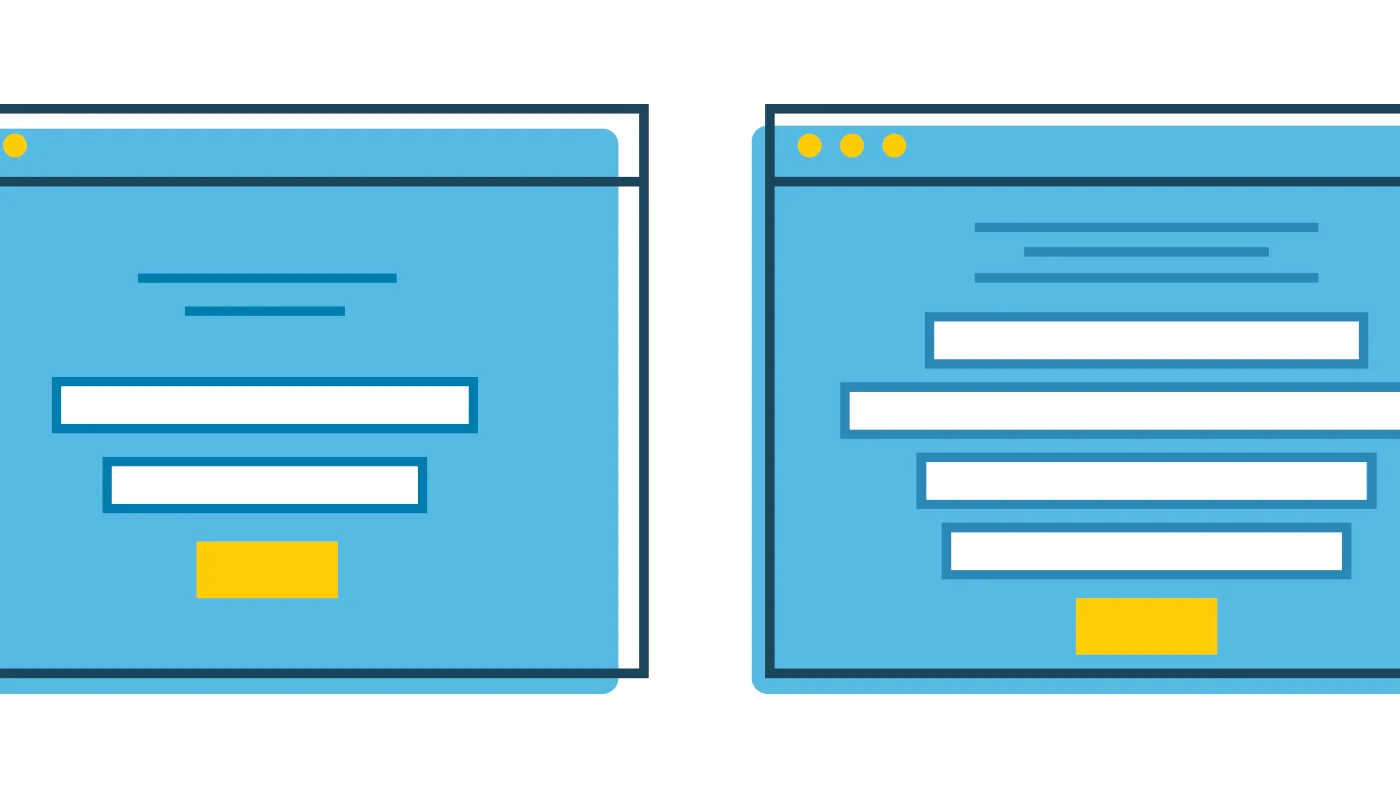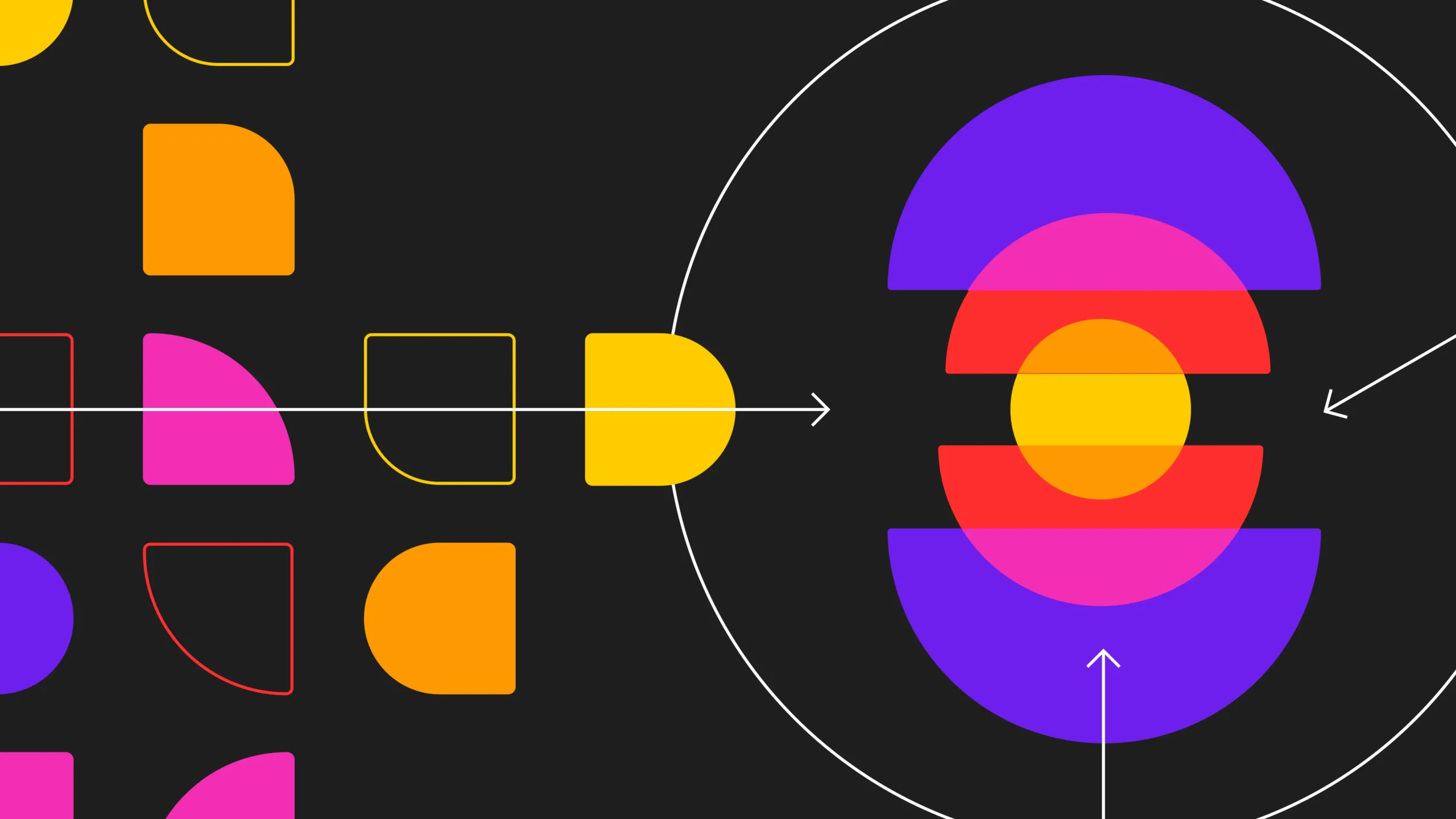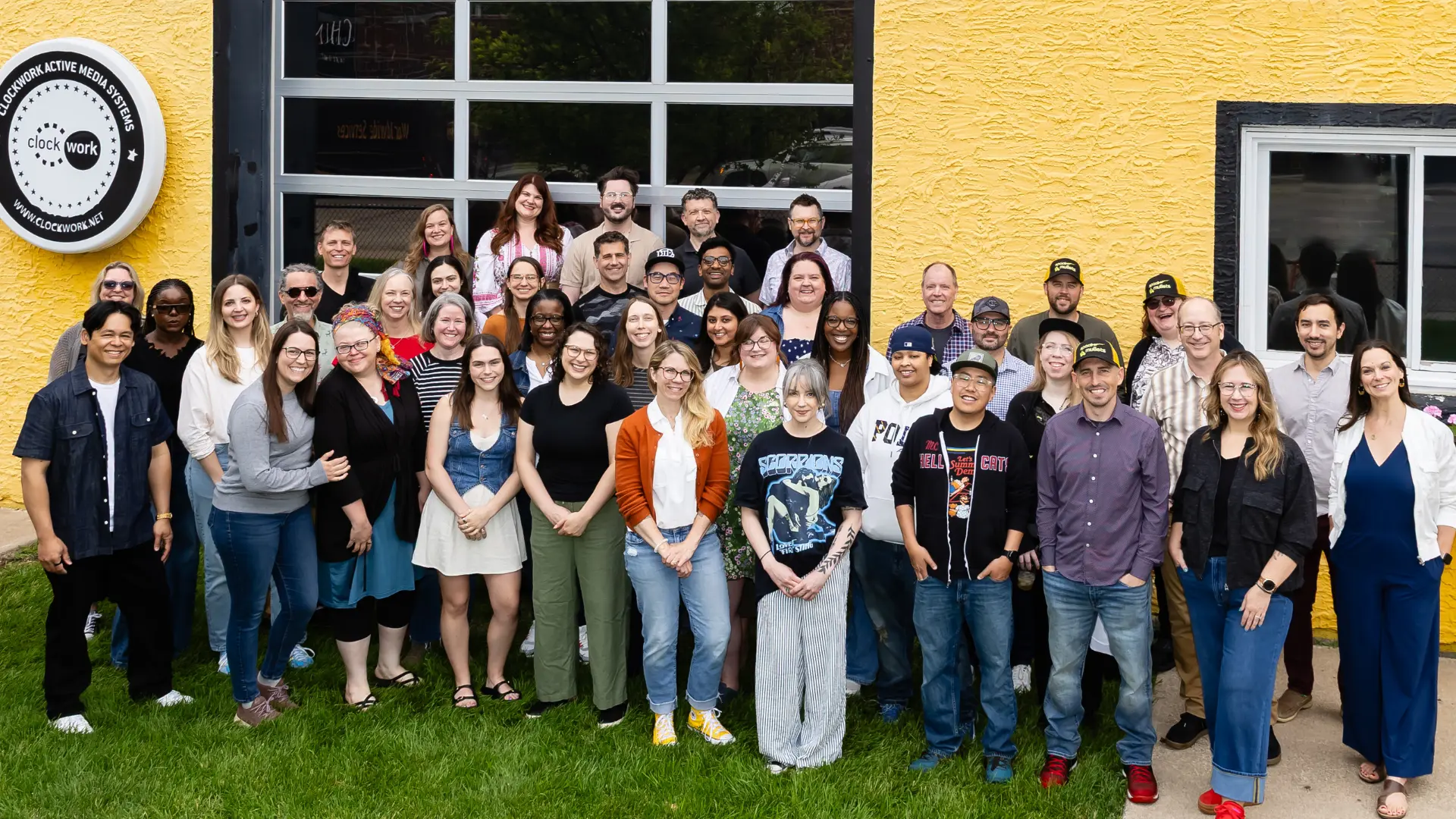Quick Note on the Definition of Content
Before we define the Content First approach to creating digital experiences, humor me while I quickly say a few things about the definition of content that I hope we can all agree on:
- Content is the reason your audience visits your website, downloads your app, gives you their email address, and lets you into their lives.
- Content encompasses a variety of media, including graphics, video, audio, copy, social media communication, and anything else used to tell a story or communicate an idea.
- Content is storytelling. By creating a user-friendly digital framework, we enable audiences to make a series of choices that helps them tell their story through any given digital experience.
Now that that’s settled, let’s talk about the value of putting this content front and center in our project process.
What the Content First Approach Is
The Content First approach is the answer to this question: How do we better integrate content planning, management, and creation into our processes so content is consistent and considered throughout the entire digital experience?
The term “content first” was coined by A List Apart founder Jeff Zeldman in 2008. He states that, in order to create the right layout and structure for any digital experience,
you have to know what the content is first. According to Liam King, founder of Lagom Strategy and a specialist in UX and content strategy:
“When we treat content as an afterthought, we limit our ability to make good decisions and our sites fail to achieve their goals.”
Zeldman’s thinking was that content creation and management cannot be a separate endeavor from the processes of UX, design, and front end development because content IS the experience. All of our roles are interlinked and intertwined. Like building blocks, or pieces of a puzzle, we all need each other to successfully complete a project.
Content planning, creation, and management starts at the beginning of a project and continues beyond its end (i.e. content governance, analytics tracking, and suchlike), and it involves everyone across teams and disciplines.
What Content First Looks Like
The Content First approach is the difference between a well-planned, on-budget digital experience and a delayed launch that requires re-work, re-thinking, and requests for additional budget.
You probably already know what this disarrangement means: the designer, copywriter, and/or UX architect will have to rework their work to fit the writing/design/architecture. Regardless of which you think is more important (the writing!), the point is that this situation could have been avoided. That time and money spent on rework could have been used on work that would have moved the project forward.
Through the Content First approach, the copywriter, designer, and UX architect would have collaborated on copy and design together, early and throughout the process, so each would have expressed their vision for the project, known what to expect from the other, and created their work to fit with the shared vision. Imagine the possibilities for your team! Which brings me to my next point.
Why You Need to Use the Content First Approach
Here’s what using the Content First approach means for you:
Efficiency: By using real or proto-content (existing or likely content the client already has) in designs and prototypes, you’ll uncover potential challenges sooner and be able to address them immediately instead of weeks or months (or years) down the road. Less time will be spent iterating on content and design because the team will have already discussed issues together while working on content creation.
Collaboration & Consistency: Many hands make light work, and this is true for content planning and creation. Designers know things copywriters don’t, strategists know things front-end developers don’t, and so on. In order to quickly identify issues and opportunities, close collaboration across disciplines breeds consistency, gets everyone on the same page faster, and reduces or eliminates unnecessary back and forth.
Flexibility & Reusability: Instead of thinking about digital experiences in terms of pages and individual elements, think about them in terms of multi-faceted systems, or a collection of parts, that can be combined, recombined, and remixed as needed. In this way, we can create end products that are more flexible and have a longer life.
No Silos: Content First means sharing insights across disciplines from the very beginning. As I mentioned earlier, each discipline will have important insights to offer at every stage, with varying levels of intensity. This means we’ll all be in more meetings, and that the right conversations with the right people are being had earlier.
Considerations for Creating Your Own Content First Approach
So all this stuff sounds neat, right? What about the challenges? Where can the implementation of this process get messy? Here are three challenges that you and your team will likely have to work through when working with a Content First approach:
Timing: Project timing may need to shift to accommodate earlier content discussions with team members from multiple disciplines included in the meetings.
Whether you’re part of an in-house team, or working on behalf of a client, they may struggle with the shift in timing, and the inevitable delay in receiving visual progress. Prepare them for this.
Budget: Starting the content strategy process early makes it possible for more revision time. While leaving the door open to endless revisions is never a good idea, it’s important to help clients understand the necessity of evaluating and re-evaluating content throughout the process and beyond.
Also, since you’ll be including a larger number of people in the content creation and review process, more budget will need to be allotted to at least the front end of the project to accommodate their time.
Process: If you already have an established process for your content creation, be prepared for some growing pains. Showing the value of this approach will be a process, and there will be successes and challenges as there are with any worthwhile pursuit. Be patient. Be persistent. Give it a chance and encourage your teammates and clients to do the same. The promises are worth it.
Have you already implemented a Content First approach where you work? If so, how’s it going? If not, when will you? Have anything to add or subtract from what I’ve said here? Do share in the comments.




